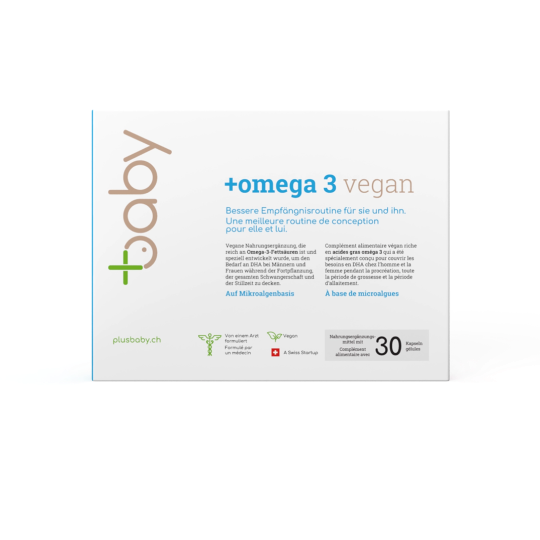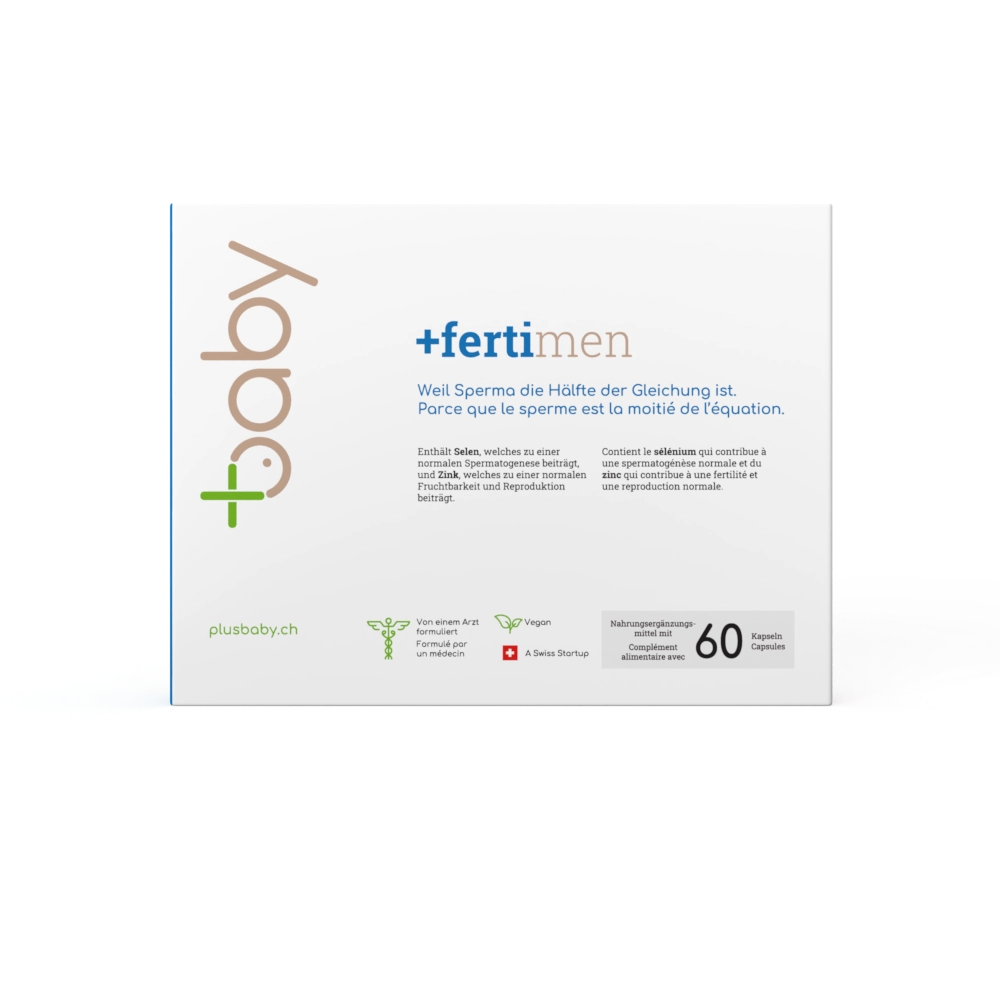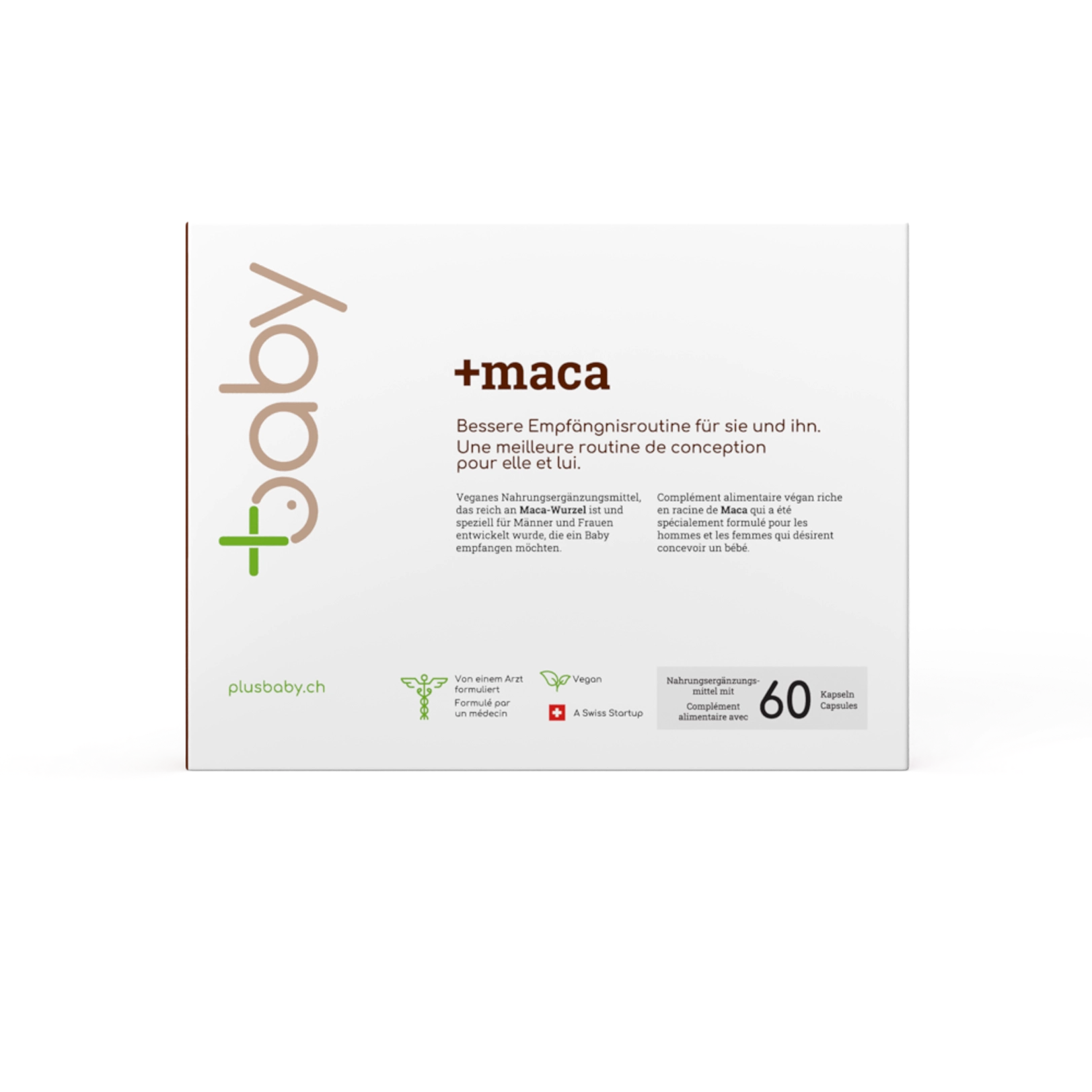Sex – when is the right time? When to have sex with a positive ovulation test?
When to have sex with a positive ovulation test? When to have sex with a positive ovulation test?Wondering when to have sex to conceive a baby? Wondering when to have sex if you’re looking at a positive ovulation test? This guide is here to turn your quest for pregnancy into an exciting and enlightened adventure. We want to answer all your questions so that you can maximise your chances of conceiving! Discover how a little ovulation test can become your partner in this adventure together, adding a touch of magic and science to your journey towards becoming parents. Get ready to plunge into a world where timing and love are intertwined in the most joyful way.
Understanding the menstrual cycle
Let’s start with a journey through the female cycle to better understand the magic of the stages that regulate the human body.
Day 1: Day 1 begins with the first day of your period. The top layer of your uterine lining breaks down. Bleeding lasts about 5 days. The FSH hormone, which stimulates the follicles, builds up in the pituitary gland. This FSH hormone then sends a very important message to the eggs: “Get up, get in there, let’s go!
Generally, by day 7, the bleeding has stopped. The follicles surrounding the oocyte have developed. Well-filled with fluid, they provide close protection for the egg. They can be clearly seen with an ultrasound scan. Their role is vital because they produce oestrogen, the true love hormone. In fact, over the course of the month, you will notice that your desire increases in proportion to the level of oestrogen.
Between days 7 and 14, a follicle continues to develop and reaches maturity. The uterine lining rebuilds itself and prepares for the eventual implantation of a little guest. So you’re in a great mood and life is just too good? Thank your hormones! In the first half of the cycle, under the influence of oestrogen, the mood is lighter, decisions are easier to make and sleep is peaceful. It’s at the moment of ovulation that it reaches its peak. Finally, the liquid cervical mucus (food for the spermatozoa on their way to the egg), which until then had been thick and sticky, gradually becomes clearer and more liquid. As a result, it becomes increasingly permeable to sperm.
Understanding ovulation
Around day 14 (for an average 28-day cycle), the estrogens reach their peak and the luteinising hormone (LH) triggers ovulation. The follicle will hatch and the egg can be released: a process we call ovulation.
If you have taken an ovulation test, it is this luteinising hormone (LH) that the test has detected. We recommend that you use an ovulation test every day since your 10th cycle day. The test line will darken as the level of LH in the urine increases, indicating that ovulation is approaching. A dark line, similar to or darker than the control line, suggests a spike in LH, signalling your ovulation. This is the moment when the egg will be released to perhaps meet a spermatozoon.
As you have understood, it is during this period that the egg can be fertilised by a spermatozoon. You need to make love BEFORE and DURING ovulation, ideally 3 to 5 days before ovulation, as sperm can survive in the female genital tract for up to 5 days. This means they are already present when the egg is released, increasing the chances of fertilisation.
When should you make love if you have a positive ovulation test? You need to get to know your cycle using ovulation tests and start making love 3 to 5 days before your ovulation day. That’s when you’ll have the best chance of conceiving a baby and getting pregnant!
The egg is released – Over the next few days, the egg travels towards the uterus with the help of the vibrating cilia. Now it gets exciting: will it meet a sperm on its way? Will it produce a baby? Or will its life soon come to an end?
If the egg is fertilised, it will now travel down the Fallopian tube to the uterus. Its journey will take 4 to 5 days before it finally creates a nest in the uterus (implantation). Oestrogen has given way to progesterone. Its mission: to soften the uterine lining, store water and valuable nutrients such as sugar, proteins, vitamins and antibodies. Everything needs to be done to prepare the place where a cherished little being will develop.
Understanding fertilisation
Fertilisation and implantation of the egg: Once implanted, the egg will begin to secrete chorionic gonadotropin hormone (HCG), also known as the “pregnancy hormone“. This keeps the corpus luteum active so that it can continue to secrete oestrogen and progesterone. Your pregnancy has just begun! This is when you can take a pregnancy test to detect this hormone. Your pregnancy test will then be positive.
If the egg is not fertilised, the corpus luteum will stop producing progesterone and will be evacuated during the next period. Hormone levels will fall around the 25th day and a new cycle will begin.
How do ovulation tests work?
Ovulation tests work by detecting the peak of luteinising hormone (LH) in the urine, which precedes ovulation. When LH levels rise, it indicates that ovulation is imminent, usually within 24 to 36 hours. To interpret the results, compare the colour of the test line with that of the control line. A test line as dark as or darker than the control line suggests a peak in LH, indicating when you are ovulating.
To do this, you need several ovulation tests a month so that you can track the rise in LH and find the day when it is highest (by comparing it with other days).
That’s why we’ve created a monthly pack of 6 Plusbaby ovulation tests. This allows you to start testing a few days before your expected ovulation date, based on the length of your cycle. Test at the same time each day. If you don’t see an LH peak, continue testing daily until you’ve used up all 6 tests. If you do detect a peak, this indicates that your most fertile period is in the next few days.
To use Plusbaby ovulation tests, it is advisable to perform them later in the day, as LH levels may be higher after waking up. It is important to always carry out the test at the same time. It is not advisable to drink a lot of liquid before the test, as this can dilute the urine and affect the results. Keeping tests from day to day to compare the test line can be useful for visualising changes and detecting the LH peak more easily.
How do I use ovulation tests?
The key to a thorough interpretation of ovulation test results lies in analysing the test line. A gradual increase in the intensity of this line indicates a rise in luteinising hormone (LH), culminating in a line as dark as or darker than the control line, signalling that ovulation is very close (within 24 hours). This fertile window, just before and after the LH peak, represents the ideal period for maximising the chances of conception. Ideally, you should have intercourse 2-3 days before the LH peak and also on the day when the peak is highest.
What other factors need to be considered?
Fertility can be influenced by a number of factors in addition to ovulatory timing. Age plays a crucial role, with female fertility generally declining after the age of 35. Overall health, including conditions such as polycystic ovary syndrome or endometriosis, can also have an impact on fertility. Finally, lifestyle, including diet, exercise, smoking and alcohol consumption, has a significant effect on the ability to conceive.
Polycystic ovary syndrome (PCOS) is a hormonal disorder affecting the ovaries that can interfere with ovulation. Endometriosis is characterised by the growth of endometrial tissue outside the uterus, which can cause pain and infertility. For those affected, it is advisable to consult a fertility specialist for suitable treatments, such as hormone regulation for PCOS or surgery for endometriosis, in addition to a healthy lifestyle.
How can you optimise your design chances? When to have sex with a positive ovulation test?
When to have sex with a positive ovulation test? To optimise the chances of conception, it is essential to understand the ovulatory cycle and make judicious use of ovulation tests. It is crucial to understand the ovulatory cycle and to start sexual intercourse 3 to 5 days before the LH peak and right up to the day of ovulation, detected by the ovulation tests. This approach, in line with medical recommendations and the insights provided by Plusbaby tests, underlines the importance of planning according to individual biology. By taking personal factors into account and following the right advice, couples can improve their journey towards conception.
Factors such as age, reproductive health and lifestyle also influence fertility. In the case of conditions such as PCOS or endometriosis, medical advice is recommended. Adopting a healthy lifestyle and using ovulation tests strategically will maximise your chances of pregnancy.

CHF 39.90 Original price was: CHF 39.90.CHF 19.90Current price is: CHF 19.90.















